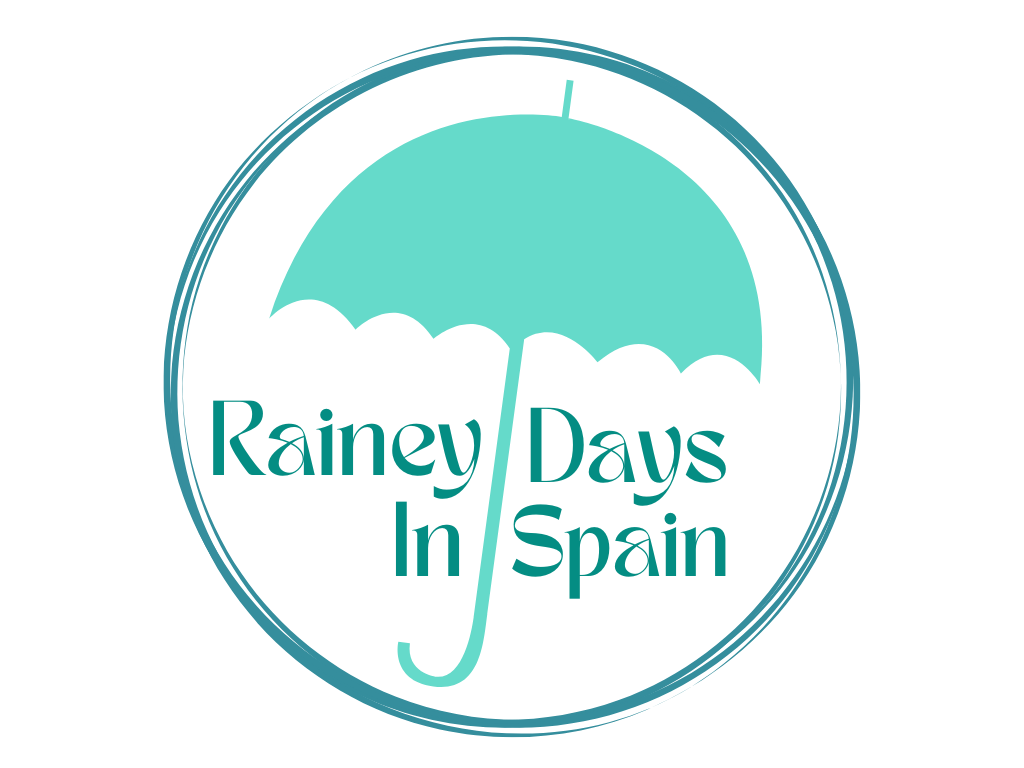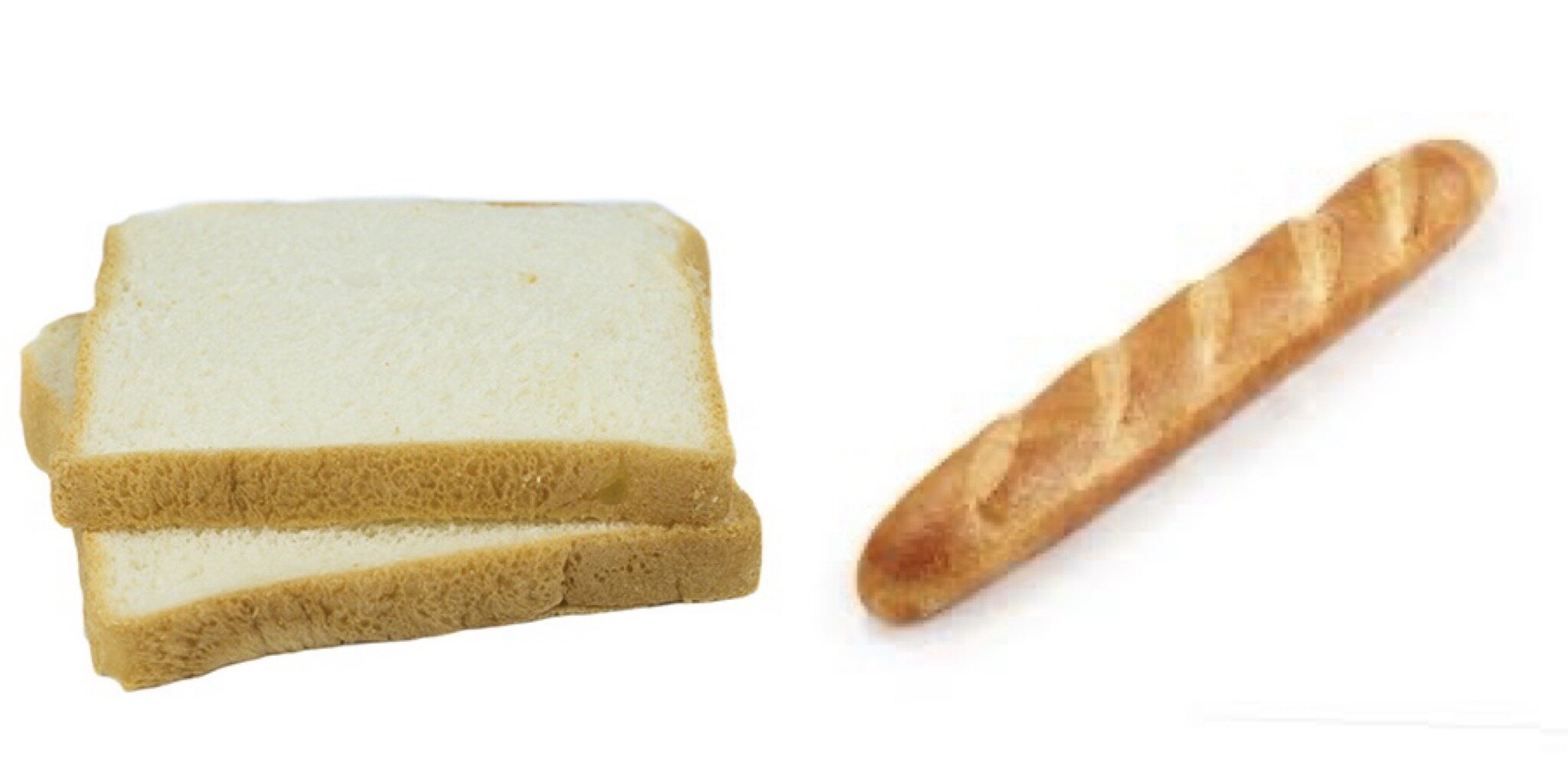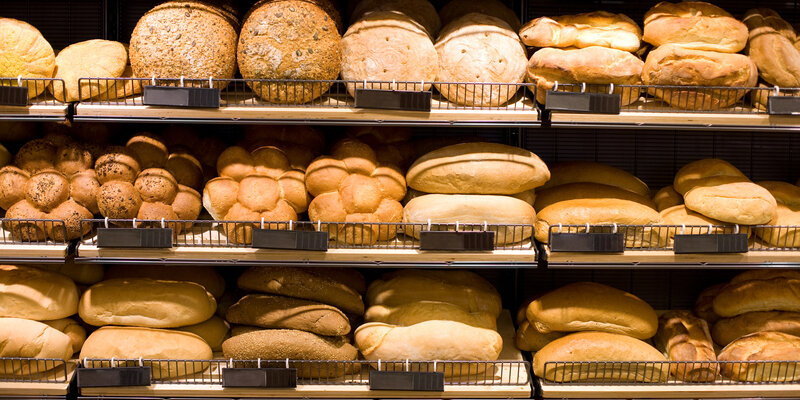Ordering bread in Spanish
You know one of the best things about living in Europe? The FOOD! Here I am living in a country where there is a bakery on every corner, and I’m sure half my friends are jealous of the fresh breads and pastries available here every single day.
When I lived in France, I learned the value of fresh bread. Having grown up on white sandwich bread like most Americans, I couldn’t believe the difference when I tasted my first French baguette. It was as if a portal to a magical realm of warm, yeasty TASTE had opened before me, and don’t even get me started on the pastries! And the little fruit tarts! But I also learned another important lesson: fresh bread is only good THAT day. You have to buy more tomorrow. American sandwich bread contains so many fake chemicals and preservatives so that it’ll last for a week or so, but freshly made bread here in Europe only lasts a few hours. The bakeries bake in the morning and in the afternoon, so that their customers get the fresh, warm, crusty loaves for their meals. You can leave the bread out, and it’ll get as hard as a rock (useful for breadcrumbs in Spanish gazpacho, but not for eating). Or you can try to wrap it up, but then it gets chewy, and that’s not desirable either. It’s really meant to be ordered and eaten daily.
So ….fast forward to me moving to Spain. I wanted to go into the fragrant bakeries I passed each day on the way to work and order bread, but there were so many choices—artisanal, whole wheat, seven grain, nine grain, sourdough, and so many more. And I certainly didn’t have enough Spanish to define what I really wanted. So I bought my bread at a supermarket, even though it wasn’t as good.
Then one day, my Spanish teacher began a unit on food. He taught all in Spanish, even though we didn’t understand all of his words. He used a powerpoint with images on the screen behind him, and suddenly, there were two pictures of bread!
One was western sandwich bread, and the other was a lovely, long baguette. He explained why European bread is so fresh and delicious, and even though I couldn’t really understand it, I caught a few words and wrote them down! I was so excited to learn the words I needed to go into a bakery and order exactly what that photo pictured.
So, armed with my new knowledge, I headed straight for the bakery next to my apartment, marched in and confidently asked the girl at the counter for “pan de verdad.”
She just stared at me for a second, and then at the entire wall of bread behind her and then said, “It’s ALL real bread.”
#Spanishfail
I didn’t know that “pan de verdad” was my Spanish teacher’s way of saying that bakery bread wasn’t made with artificial ingredients. It’s “true bread,” and nothing else. I felt like a total idiot in the bakery. I’d completely misunderstood my Spanish teacher! But…. as dumb as I felt that day, I took the chance to ask humbly: what’s the word for the baguette-looking one? How do I ask for it? (una barra de pan).
So, after several years, why did I suddenly remember this awkward and embarrassing Spanish mistake? I was reading this morning in John, and Jesus’ words in John 6:35 brought all this back to mind:
“I am the bread of life; whoever comes to me shall not hunger, and whoever believes in me shall never thirst.”
He’s the REAL DEAL. He’s not artificial. Like fresh baked bakery bread - once you’ve had the real thing, you’ll never want the substitute. Don’t settle for less.


